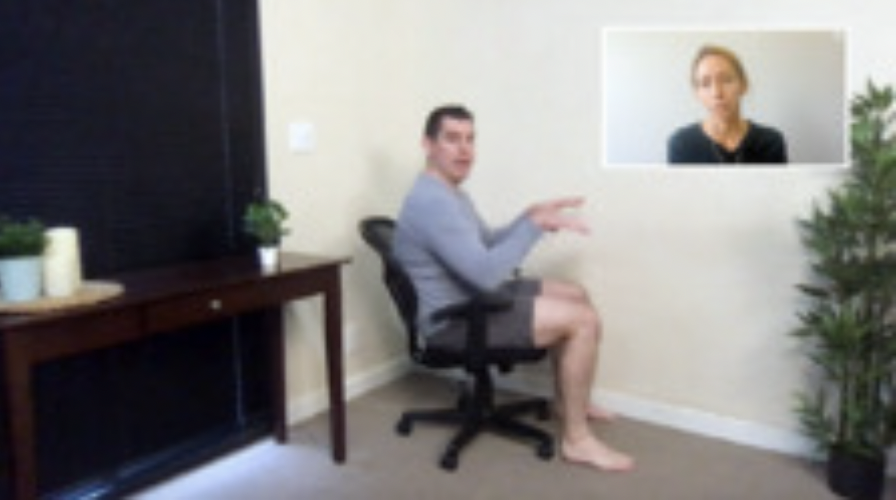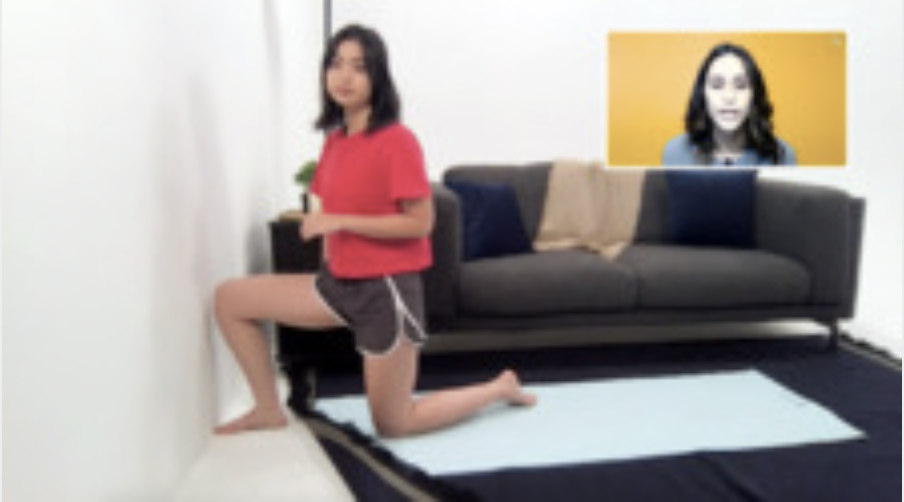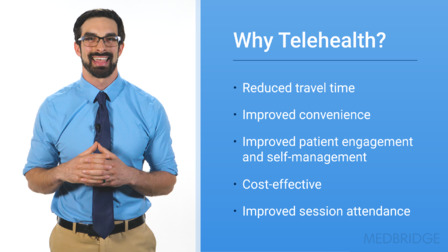This course will introduce clinicians to best practices for performing a telehealth objective exam. Telehealth continues to be a widely used patient care model, and there are many differences in performing an objective exam during a telehealth visit when compared to an in-person visit. Most notably, the absence of the ability to perform manual assessments poses a challenge for obtaining accurate tests and measures remotely. This course addresses this challenge by providing alternate strategies for physical tests and measures that clinicians can apply directly to their practice in a telehealth model. This course will cover how to structure the objective exam as well as how to assess posture, movement, mobility, muscle performance, and a variety of other tests and measures during a telehealth visit.
Description
Chapters & Learning Objectives
1. Structuring Your Objective Exam
This chapter will cover how to structure a remote objective exam by dividing the exam into four main components: posture/movement, mobility, muscle performance, and additional tests. Each of these components can be performed in the telehealth setting, although some tests and measures may need to be modified. You will also learn how to sequence a remote exam as it relates to symptom irritability, patient position, and camera position, as well as how to determine whether a patient is appropriate for virtual care.

2. Posture and Movement
In this chapter, you will learn how to perform accurate analysis of posture and movement remotely. You will learn how to visualize, analyze, and modify a patient’s posture and movement during a telehealth visit. Tips will be given on how to share your findings with the patient, optimize functional movement tests, utilize symptom modification procedures, and progress functional tasks in the patient’s home environment

3. Mobility
In this chapter, you will learn how to accurately assess range of motion in the remote environment with both low-tech and high-tech methods. This includes on-screen goniometry and digital goniometry. You will also learn how to progress isolated joint range-of-motion assessments into functional range-of-motion measurements.

4. Muscle Performance
Assessing muscle performance in traditional ways poses challenges during a telehealth visit. In this chapter, you will go over simple alternate methods to assess muscle performance remotely. These methods include reps to fatigue, isometric holds, changing lever arms, and self-applied pressure. You will also go over various ways to quantify isolated lifts, compound lifts, and functional performance testing by adding household items with known weights.

5. Additional Tests and Measures, and Putting It All Together
With forethought, care, and a keen eye, one can still obtain quality objective information during a telehealth visit. Just like in the in-person setting, the objective information is meaningful, but what is most important is your interpretation of the data. In this chapter, you will go over how to perform and modify additional tests and measures remotely, put it all together into a full objective assessment, and interpret the data with clinical reasoning.





